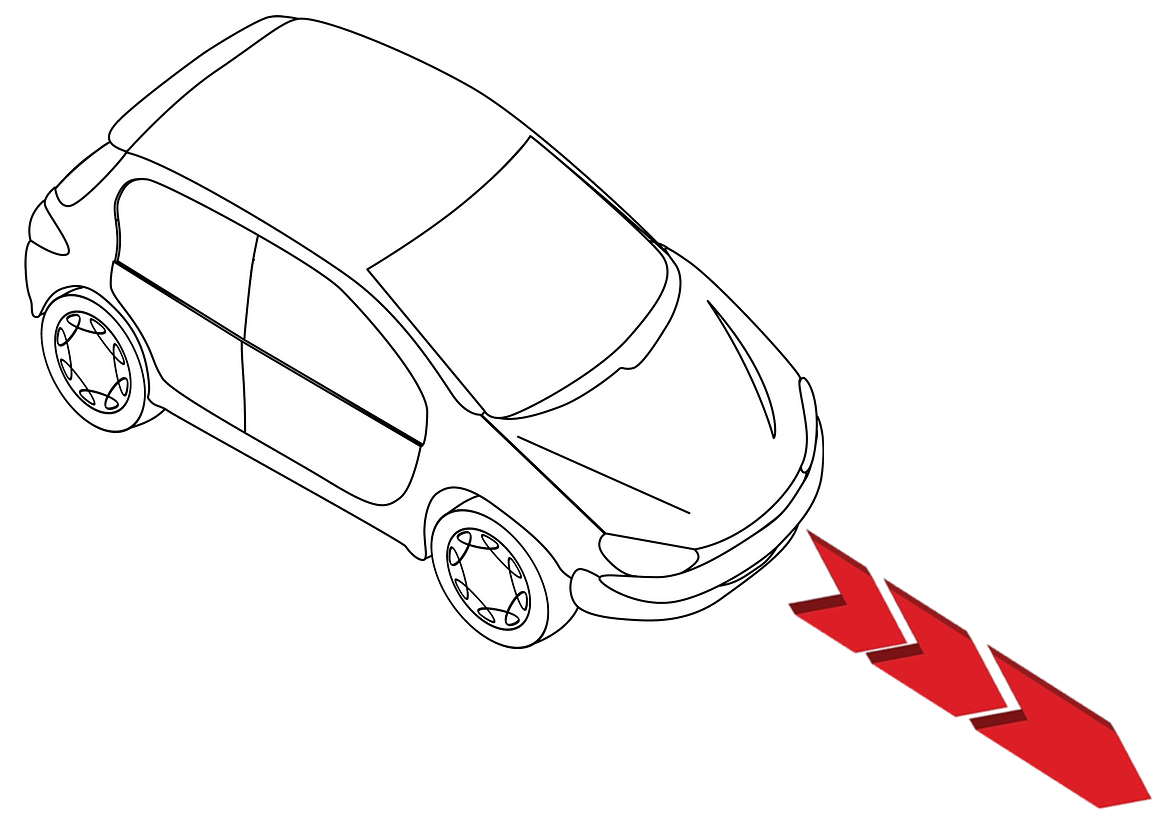Longitudinal
⫸ Free YouTube Subscription
How your vehicle behaves when you brake, accelerate, or coast directly affects your control on the road. Longitudinal forces—those acting in the forward and backward direction—play a major role in how your car handles, especially during emergency maneuvers or poor weather conditions. These forces influence traction, stopping distance, and your ability to react to sudden changes.
What are longitudinal forces in driving? How do braking and acceleration affect vehicle stability? What causes a vehicle to skid when stopping or starting? Why is it dangerous to accelerate too quickly in slippery conditions? What is the safest way to regain control if your wheels lose traction while braking?
This page provides a clear and practical look at how longitudinal forces impact road safety and vehicle performance. By understanding how these forces operate and how to manage them, drivers can improve their control, reduce the risk of collisions, and respond more confidently to hazards. Whether you're navigating dry pavement or slick roads, this knowledge is essential for anyone who wants to drive with greater safety and skill.
A vehicle will start sliding along the longitudinal axis as a result of one of two causes as shown below:
Acceleration:
Braking:
When braking too hard, the wheels will lock up and lose grip.
Frequently the vehicle loses directional stability and starts sliding at an angle.
⧋
🛈 Info:
⧋

